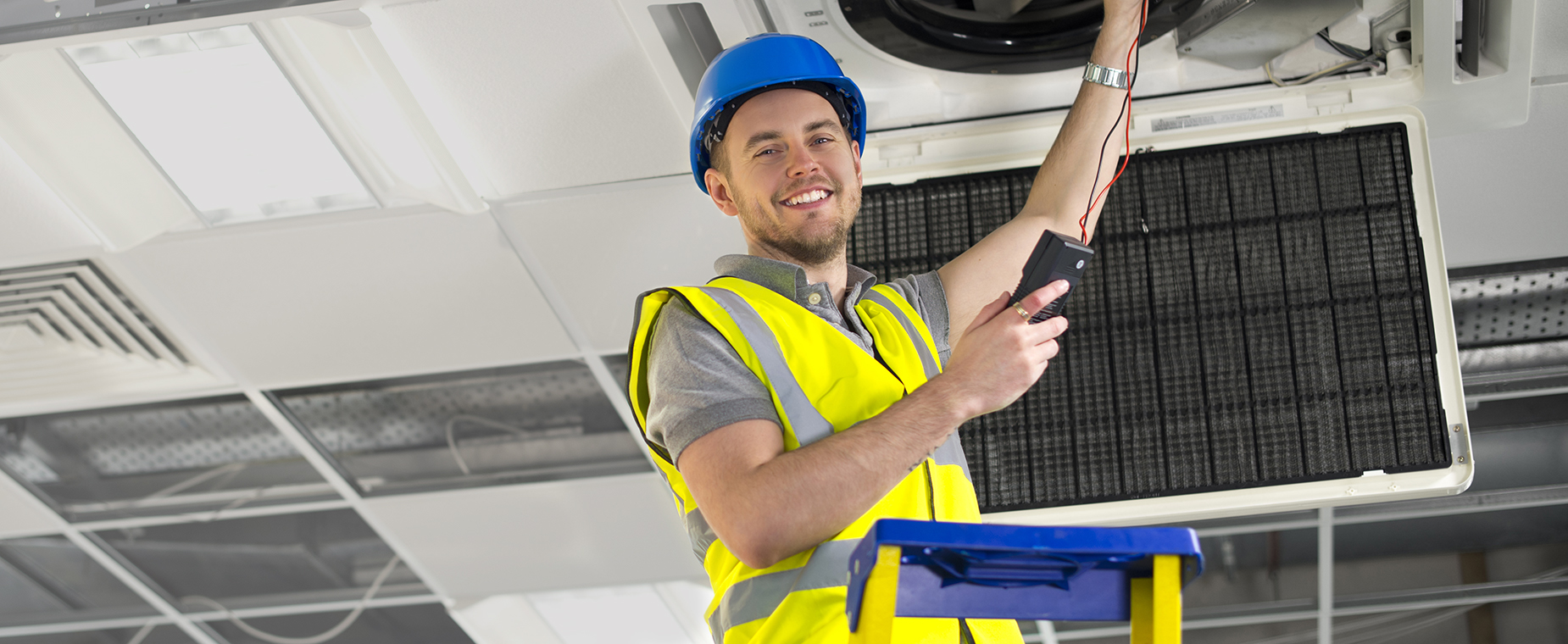HVAC Challenges in Historical Buildings

By: Ashley Berfield | Mar 21, 2019
There are quite a few challenges to hurdle over when installing or upgrading HVAC systems for historic buildings. A major dilemma arises for HVAC technicians when you are charged with the task of providing a system that meets the needs of those occupying the building while also preserving as much of the original building features, fixtures and appearance.
When adapting a modern mechanical system to a historical building it is important to plan carefully and prepare for various challenges such as:
- Accidental introduction of moisture that can damage historic features or collections.
- Creating alterations to the appearance of the inside of the building due to dropped ceilings, grilles, registers and other modern equipment.
- Damage or removal of historical significant features.
- Stripping and restoring cladding and finishes to install new insulation or vapor barriers
- The building structure’s ability to safely manage the weight and vibrations of large equipment.
Every historical building will present a different set of challenges and issues. Some building will need a fresh start with a completely new HVAC systems; while other buildings include heating and cooling systems that are themselves of historic value and will need upgrading to meet modern codes and standards. What ever the case may be you will be tasked to provide the appropriate HVAC system while preserving the historical integrity of the building.
HVAC for Historic Buildings
The HVAC installation process for historical buildings will require a team of experts to execute. In the ideal situation the HVAC expert will be working with mechanical engineers, electrical engineers, structural engineers and a preservation architect. The preservation architech and preservation consultants will have in-depth knowledge about the building’s historical importance.
A typical first step is to determine the current use of the building. Is it used for retail, museum, commercial or even residential purposes. Because of the nature of museums and the artifacts it houses, there is often a “climate control” requirement. Commercial use will often allow more leeway on the number of interior changes that can be made. However, the goal is always to be successful while making the least amount of impact.
It is in the design phase that a complete and thorough assessment of the existing climate is vital. A yearlong monitoring of interior humidity levels and temperatures will be needed. During this time be sure to determine:
- Air infiltration
- Areas where increases in energy efficiency can allow you to reduce the amount and size of new HVAC equipment
- Any building, site, or equipment problems that need resolving before HVAC installation, including the presence of asbestos.
- Historic mechanical systems, radiators, and grilles that can be reused.
- Requirements of local building and fire codes
- Location of all chillers, boilers, air handlers, and cooling towers
- The state and location of existing construction materials and mechanical systems
- Which spaces, finishes, or features must be preserved.
Types of HVAC for Historical Buildings
With such a wide variety of historical building types, there is not one type of HVAC system that will work across the board.
Water systems, including hydronic radiators, fan coils, and radiant pipes, have the advantage pipes are much smaller than HVAC forced air ducts, and therefore easier to install without damaging historically important features. If the building has historic hydronic radiators, they can often be restored.
However, with water systems you run the risk of hidden leaks and pipe bursts, which can give water damage to surrounding areas or introduce moisture to delicate collections.
Central air systems allow for a high degree of climate control, and many can have their condensers located outside, minimizing how equipment affects building space. Any benefits from an external condenser are mitigated, however, by the potential for causing severe damage to the structure’s appearance during installation.
Small-duct systems offer a better solution in many circumstances. The use of flexible tubing for small-duct systems makes installation less likely to damage surrounding features.
Combination systems may be necessary for some buildings, using both water heating and ductwork to meet the needs of building occupants. No matter what type of HVAC for historic buildings you decide on, it should meet the following requirements:
- Easy to maintain and service
- Inclusion of humidity monitors and safety systems to protect collections
- Low levels of vibration and noise
- Aesthetically compatible with the original architecture
- Installed within the structural limitations
- Installed with future upgrades in mind
Installing an HVAC system for a historical building can be the most challenging and rewarding project you have ever worked on.

